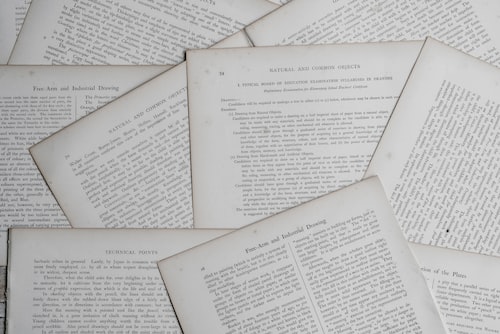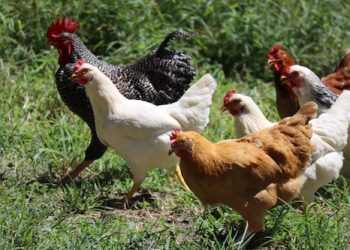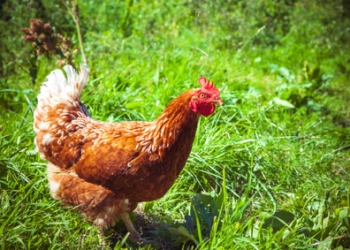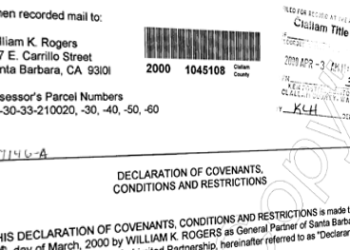Reading the restrictive covenants for the property on which you make an offer is an important part of your own due diligence. Understanding what you can and cannot do on your property is defined in the restrictive covenants.
Restrictive Covenants
To help you facilitate your due diligence, this real estate blog has many articles you can read on restrictive covenants. You can search for “covenants” with our powerful search tool in the right margin, or you can use our enhanced menu system at the top and hover your mouse over “Buyers” and then slide your mouse down and to the right to “Covenants.” That will open up eight articles on restrictive covenants.
Restrictive Covenants and Property Use
Can you have chickens on your property? Can you raise animals, like sheep or goats, or a cow or a horse? What is the boundary line setback for outbuildings? Is there a height restriction on your house? Can you build a high fence? Can you have a metal roof on your home or outbuildings? Can you run a B&B out of your home? These kinds of questions are typically answered in the restrictive covenants.
You’ll get a copy of the restrictive covenants when you receive a preliminary title report, and that’s when you should read them. Interpreting the language in the restrictive covenants is not necessarily easy. We are able to help our clients interpret restrictive covenants because our broker was a real estate attorney for 20 years.
Last Updated on February 4, 2016 by Chuck Marunde


































I really appreciate this article. You definitely have a new reader on board. I subscribed to your RSS Feed as well.